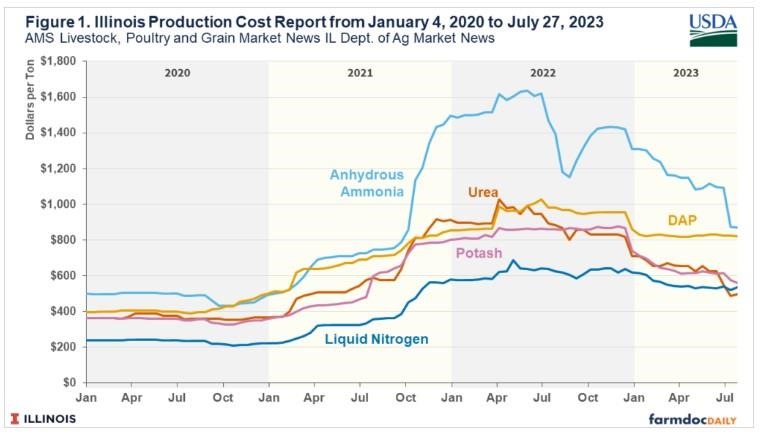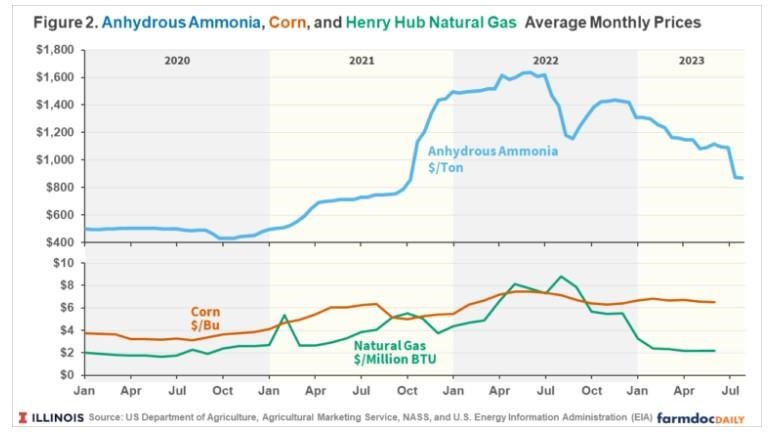To successfully manage kochia, a herbicide program needs two components:
- a very soluble and effective herbicide that can be incorporated with very little precipitation, such as dicamba; and
- a herbicide that has longer residual activity, which will require perhaps 0.75 inches or more precipitation for adequate incorporation, such as atrazine.
Precipitation events during late winter are often too small to activate longer residual herbicides, but dicamba may control kochia for 4 to 6 weeks until the longer residual herbicide is incorporated.
The best timing to apply herbicides for kochia control is generally January through the first week of March but prior to kochia emergence, which can vary depending on weather conditions. Later applications, for example, at the time of burndown, are more likely to occur after kochia emergence, which increases the risk of control failure (Figure 2). Fall-applied treatments can help ensure timely application, however, they are not likely to effectively control later flushes of kochia (Figure 3).

Figure 2. EPP/POST herbicides applied March 10, 2015 for kochia control at Tribune, KS. Kochia at cotyledon stage. Graph by C. Thompson, K-State Research and Extension.

Figure 3. Duration of anticipated kochia control greater than 80% following fall (December 4) and spring (February 23) herbicide applications at two locations during 2015. Data from Vipan Kumar, K-State Research and Extension.
Source : ksu.edu